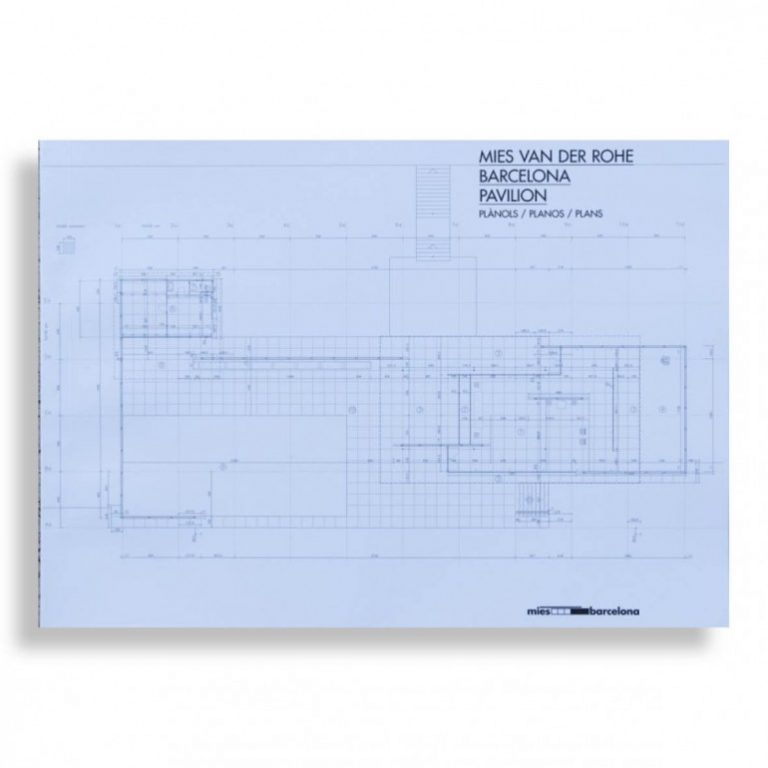Contenidos
Un tranvía llamado deseo reparto
a streetcar named desire genre
A Streetcar Named Desire is a 1951 film directed by Elia Kazan and based entirely on the play by Tennessee Williams. It stars Vivien Leigh (Blanche Dubois) and Marlon Brando in the title roles.
The film received 12 Oscar nominations – including Best Picture and Best Director – winning 4 of them: Best Actress (Vivien Leigh), Best Supporting Actor (Karl Malden), Best Supporting Actress (Kim Hunter) and Best Black and White Art Direction.
Blanche, a mature woman anchored in the past, visits her sister Stella and her husband Stanley, a rustic and violent young man, who lives in New Orleans and is of Polish descent. Blanche decides to stay for an indefinite period living with her sister. It is at this time that she (Blanche) tells him about the loss of an old family property called Belle Reeve. This raises suspicions in Stella’s husband who decides to investigate more about Blanche and begins to find out about Blanche’s lurid past. This will create conflicts in the young couple, especially between Blache and Stanley (Stella’s husband) and she will gradually show her unhealthy mental state.
a streetcar named desire setting
A Streetcar Named Desire (English: A Streetcar Named Desire) is a 1951 American drama film based on the play of the same name by Tennessee Williams. It is directed by Elia Kazan and stars Vivien Leigh and Marlon Brando.[2] The film was nominated for twelve Academy Award nominations.
The film earned twelve Oscar nominations (including Best Picture and Best Director) and won four of them: Best Actress (Vivien Leigh), Best Supporting Actor (Karl Malden), Best Supporting Actress (Kim Hunter) and Best Black and White Art Direction.[3] The film also offers one of Marlon Brando’s best performances.[4] In 1999, the film was considered “Best Film of the Year” by the American Academy of Motion Picture Arts and Sciences.[5] In 1999, the film was considered “Best Film of the Year” by the American Academy of Motion Pictures.
In 1999, the film was deemed “culturally, historically and aesthetically significant” by the U.S. Library of Congress and selected for preservation in the National Film Registry.[5] The film was also selected for preservation in the National Film Registry.[5
wikipedia
Un tranvía llamado deseo es una película dramática estadounidense de 1951, adaptación de la obra teatral de Tennessee Williams del mismo nombre, ganadora del Premio Pulitzer en 1947. Cuenta la historia de una bella sureña, Blanche DuBois, que, tras sufrir una serie de pérdidas personales, abandona su origen aristocrático y se refugia con su hermana y su cuñado en un ruinoso edificio de apartamentos de Nueva Orleans. La producción y el reparto de Broadway se convirtieron en película con varios cambios.
Tennessee Williams colaboró con Oscar Saul y Elia Kazan en el guión. Kazan, que dirigió la producción teatral de Broadway, también dirigió la película en blanco y negro. Marlon Brando, Kim Hunter y Karl Malden retomaron sus papeles originales de Broadway. Aunque Jessica Tandy interpretó el papel de Blanche DuBois en Broadway, Vivien Leigh, que había aparecido en la producción teatral de Londres, fue elegida para la adaptación cinematográfica por su poder de estrella[4].
Tras el estreno de la película, Marlon Brando, prácticamente desconocido en el momento del reparto de la obra, se convirtió en una gran estrella de Hollywood y recibió la primera de las cuatro nominaciones consecutivas al Oscar al mejor actor. En 1951, la película obtuvo unos ingresos estimados de 4.250.000 dólares en las taquillas de Estados Unidos y Canadá, lo que la convirtió en la quinta película más taquillera del año[5] En 1999, Un tranvía llamado deseo fue seleccionada para su conservación en el Registro Nacional de Películas de Estados Unidos por la Biblioteca del Congreso por ser “cultural, histórica o estéticamente significativa”.
a streetcar named desireplay by tennessee williams
Considered one of the great legends of golden Hollywood, Marlon Brando left behind a series of characters that are iconic in the history of the seventh art. A review of the most important ones.
This is an adaptation of a play by Tennessee Williams, who also wrote the screenplay. That is the main problem of this movie. What works in theater, doesn’t work in cinema. They are different media. Some very powerful actors play characters that always scream and… See more
Desire is like a streetcar: it travels in two directions; forwards or backwards, upwards or downwards. Desire can bring us closer to the divine of feeling human, of feeling of this world, or the opposite, it can plunge us into the abyssal pits of our interior, in that place where the light does not reach and we look around, terrified, waiting for… See more







